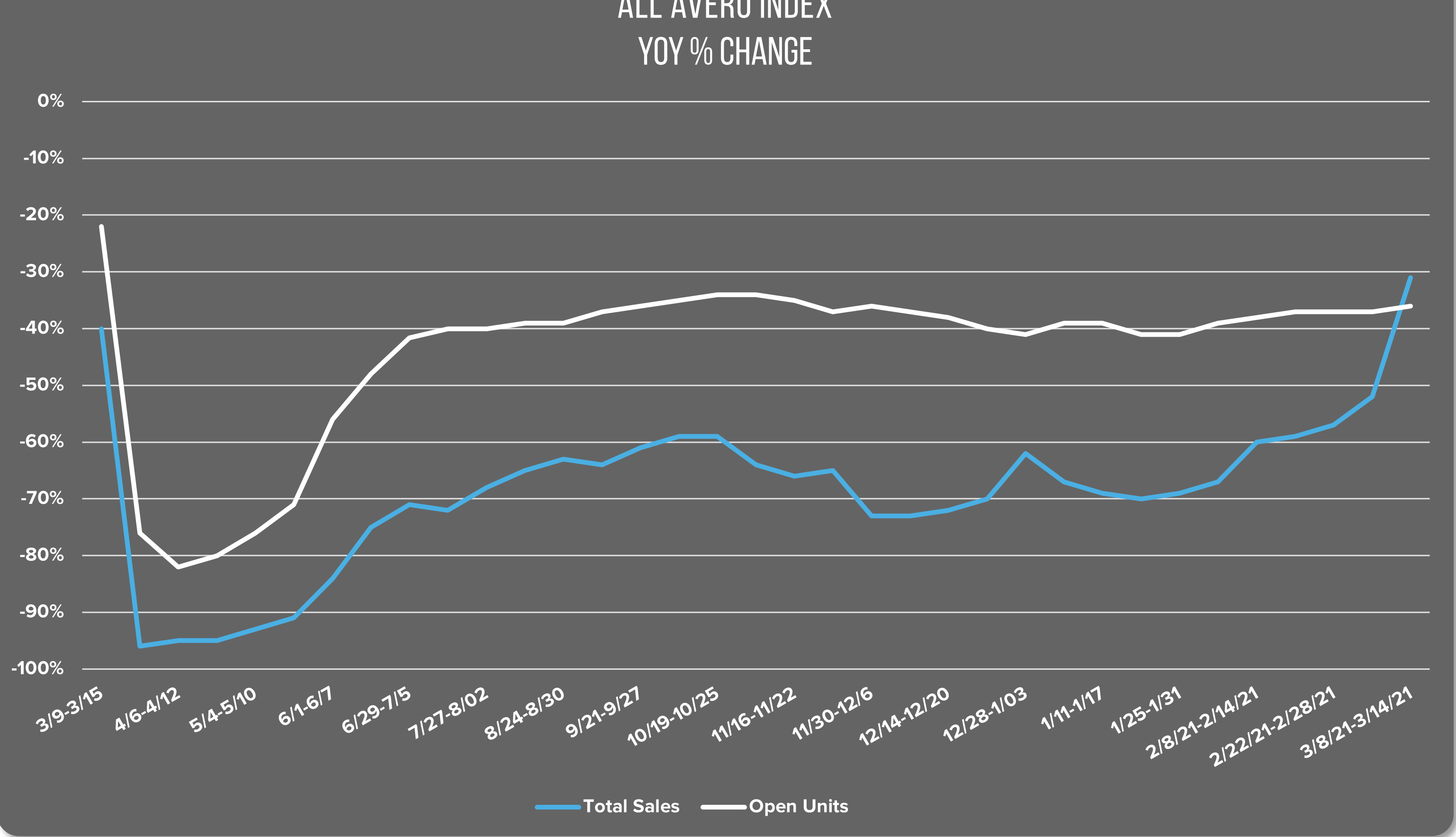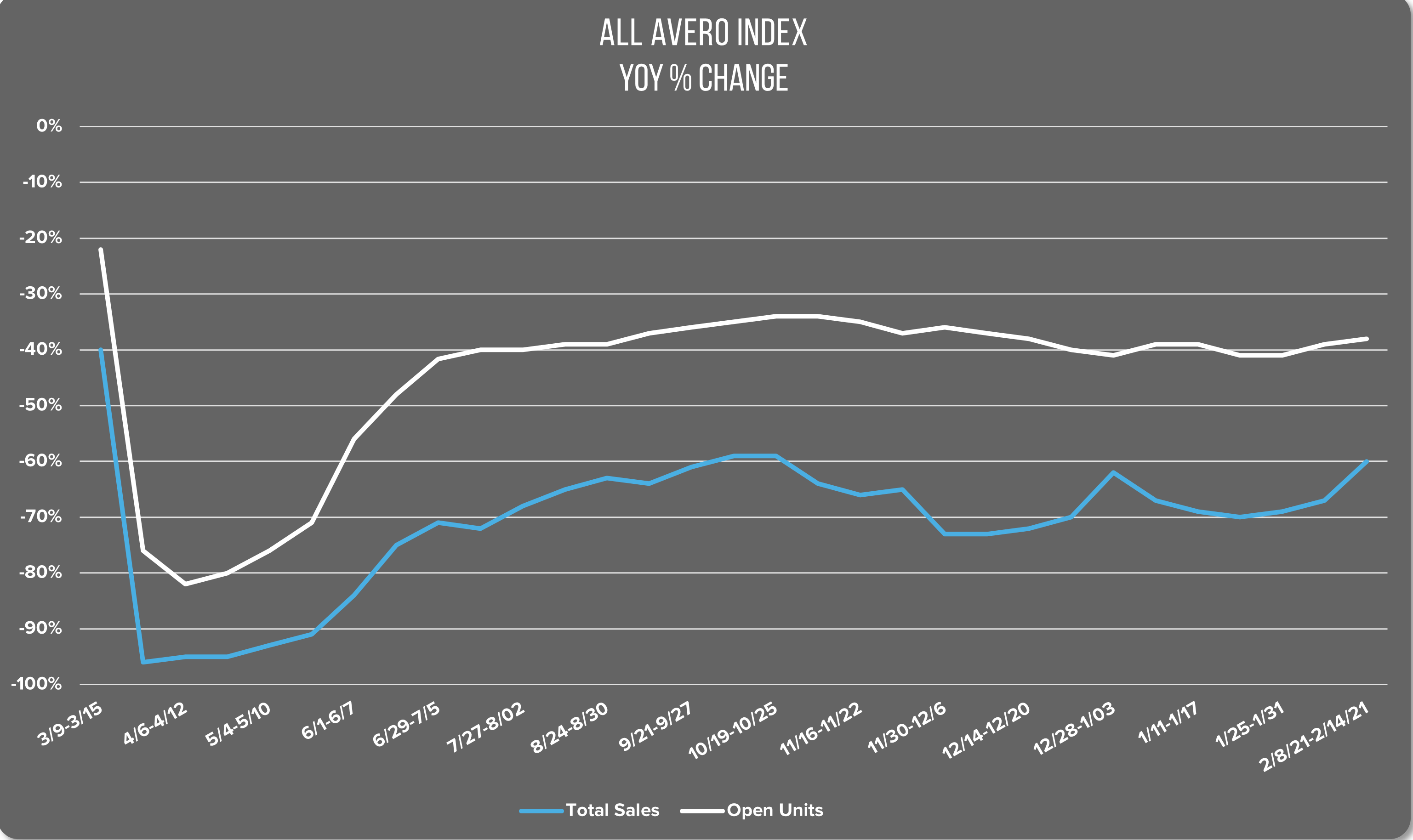
If you’ve ever worked in the front of house of a restaurant, you’re probably familiar with the idea of contests. Contests are generally used to drive sales and incentize servers, and they tend to be a key strategy for corporate management, general management and service trainers, but there are varying schools of thought on the effectiveness of contests on server productivity and the bottom line.
The fundamental reason for this disparity is that running a contest just for the sake of doing it is never productive. The key to success with contests or any other initiative is understanding the why, the who and the how: Why you are doing it? Who contributes to its success? How you are progressing? Avero’s restaurant analytics can help any operation answer these questions.
1. Understand the goal of the contest: The ultimate challenge in running a successful contest is understanding what you are trying to get out of it. The way a contest is designed, explained and executed determines its success.
- Drive average check: Driving average check is often top of mind, whether it’s to hit budgetary numbers or compensate for a declining capture rate. A one-night boost in average check isn’t going to make or break your success, so it’s important to have contests that run over an extended period of time so that you can develop noticeable changes in server behavior and make a mark on your P&L. Servers can develop new habits and maintain long-term success when you run contests for a couple of weeks to a month, and you can use Avero’s service solutions to determine which employee classes, meal periods and revenue centers need the most work driving average check and focus your attention on them.
- Improve brand experience: Similar to driving average check, this is a goal you work to achieve over a long period of time. You want to run this type contest for a couple weeks to a month to help your servers develop new skills and work toward giving the guest the true brand experience. While this is sometimes less directly tied to your short term P&L, it’s all about improving the guest experience to drive repeat business in the long term. You can use Avero’s item sales solutions to look at the performance of key brand experience items across different meal periods and revenue centers to determine which items should be included in the contest.
- Move certain inventory: If you’re just trying to move excess inventory, such as a certain dish with product that needs to be used or extras from a beverage supplier, a contest is a great way to do this. You want to be thoughtful with the dishes or beverages you choose. This type of contest can offer a little supplement to performance and help to mitigate food costs, but will not necessarily help achieve longer term financial goals. These contests can definitely be helpful, but when we talk about “smart” contests to drive profitability, this is a less common strategy.
2. Set clear expectations with your team: Once you’ve determined your contest goal, you’ll need to outline the plan with your team. Each type of contest will have a slightly different structure, but regardless of the time frame you’ll want to do two things with your team:
- Level the playing field: You want to ensure your team feels they have equal opportunity to win so they’re motivated to push it. While you can’t control all variables, you can account for a couple of things — for example, what metric are you tracking to determine the winner? In order to “level the playing field”, especially over a longer period of time, using metrics such as item/cover % or average check/cover are essential. Traditionally contests are run by counting items, but if your goal is to drive average check or brand experience items, wouldn’t it make sense to track the metrics that tie to those goals? These equalizing metrics will ensure that servers who work more or less don’t have an advantage or disadvantage. Avero’s service solutions makes this easy by helping you track any metric across your team.
- Supplement the contest with learning: Whether the contest is for one night or a whole month, you want to arm your team with the skills for success. Consider holding a short pre-shift discussion to review the goal you’re working towards — for example, for a certain dish you want to move, you could hold a tasting with the chef to review the elements and get excited about the dish. For wine, consider reviewing descriptors and key pairings. If you’re running a longer contest, consider short sessions a few times a week and a weekly quiz. In these sessions, help the team identify key items or categories that can easily help drive average check, such as sides, additional beverages, desserts, etc. The goal is to develop your team’s knowledge to not just be successful in one contest but in the long-term.
3. Track the Success of Your Contest: Regardless of the type of contest, you want to track the impact of your work so that you can motivate your team and evaluate your strategy for even greater success in the future. We already discussed the importance of selecting a metric to “level the playing field”, but now you need to leverage Avero’s restaurant solutions to deliver progress right to your inbox. Once you have decided on all the details of the contest, such as employee class, items, meal periods, time frame etc., you can set up the tracking in Avero. The report can be set to run for the program period and deliver you daily, weekly, or monthly updates. Be sure to share the progress with the team and congratulate success, and at the end of the contest you’ll easily be able to see its financial impact.
Avero’s restaurant software removes the manual aspects of running contests and delivers insights right to you so you can spend more time with your team on the floor and less time in the back office. Learn more and get started today.





